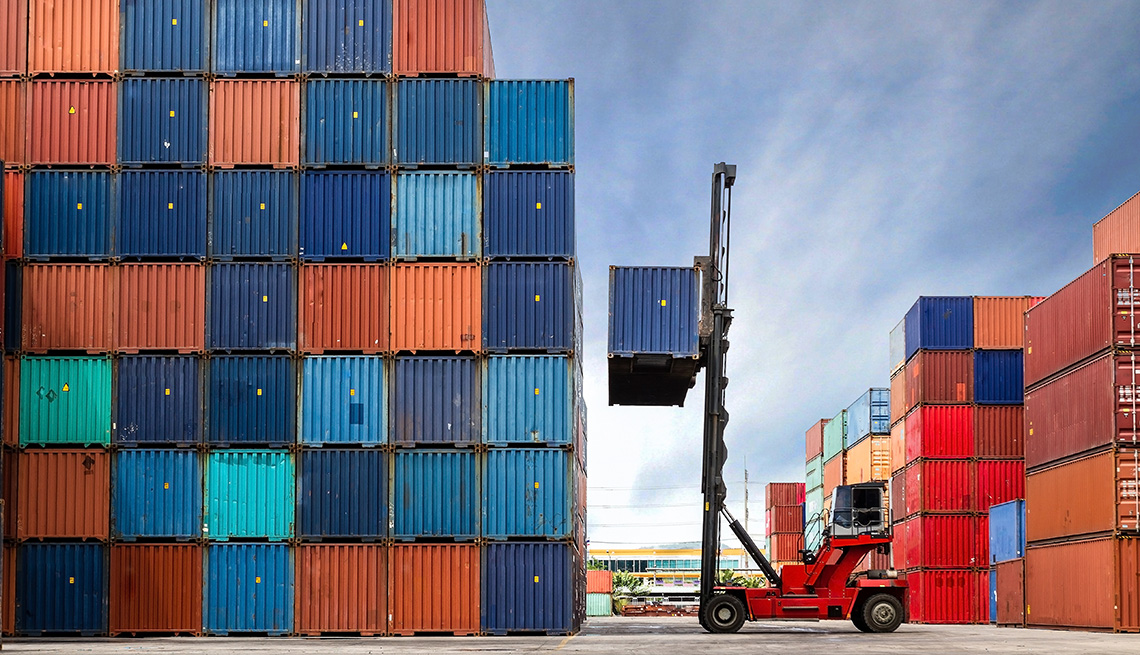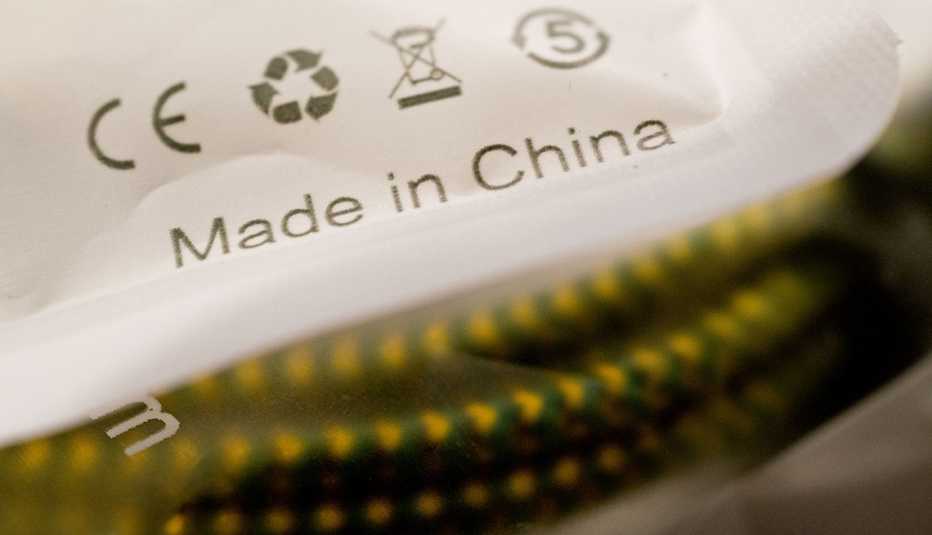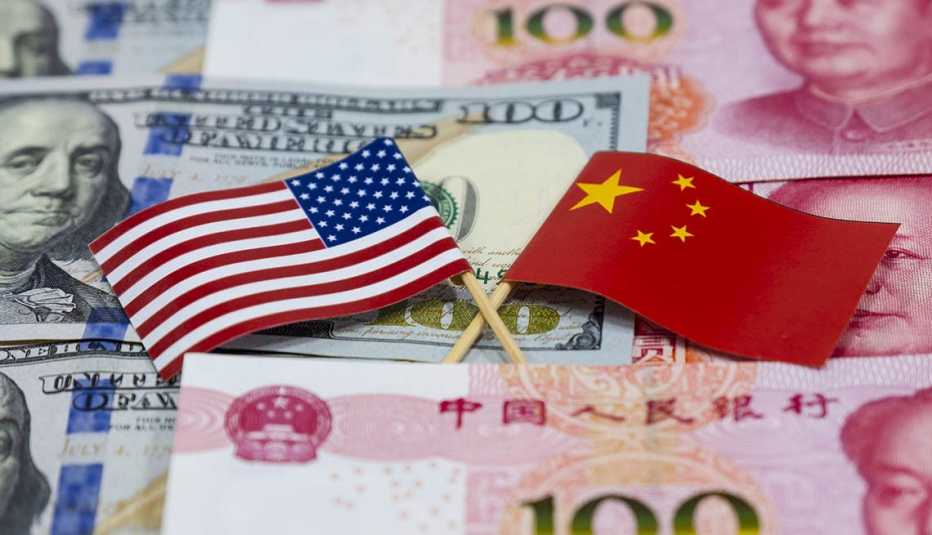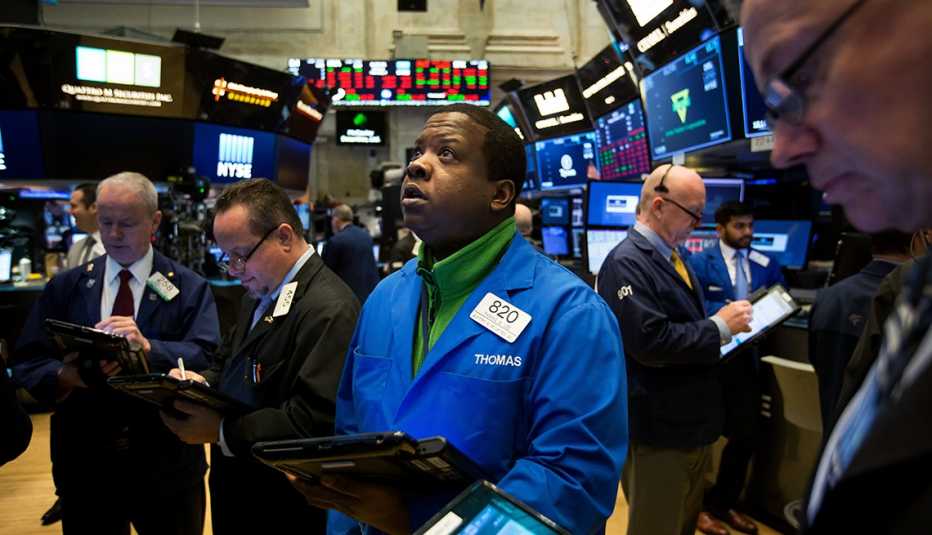Staying Fit
Jack Caporal studies international trade for a big Washington think tank, and in the midst of the latest salvos in the U.S.-China trade wars, he's thinking of accelerating his purchase of a laptop.
Why? To beat a potential 15 percent rise in tariffs in that sector set for Dec. 15.


AARP Membership— $12 for your first year when you sign up for Automatic Renewal
Get instant access to members-only products and hundreds of discounts, a free second membership, and a subscription to AARP the Magazine.
Other consumer goods, in particular shoes and clothing, could feel more immediate price pressure in a new round of Trump-imposed 15 percent tariffs on track to go into effect in September. So if you've been thinking of buying slacks or a new pair of athletic shoes, the next few days may be a good time.
By year's end if the trade war continues, Caporal says more upward price pressure could come on such Chinese-made products as laptops, toys, Christmas ornaments and other holiday-related goods.
In mid-August, the president delayed boosting tariffs in those areas after threatening a Sept. 1 start date. So Caporal will be in the market for that laptop sooner, rather than later.
Foreign policy hits your pocketbook
Caporal's deliberations are a microcosm of what many Americans are wondering about right now as the trade war rattles financial markets and inserts uncertainty into pocketbook decisions. In initiating the trade war, President Trump says the Chinese government has taken the U.S. “to the cleaners” for decades.
"It is hard for a consumer to make well-informed purchasing decisions” amid all the uncertainty, said Caporal, an associate fellow and Scholl Chair in International Business at the Center for Strategic & International Studies. “And then for importers, instead of buying one laptop, they are importing millions. So the stakes for them are obviously higher.
The Trump administration is set to impose two new rounds of tariffs, one on Sunday and another Dec. 15. The list of Chinese imports on the first round of tariffs — which cover items including live animals, dental floss and textiles — is 122 pages long.
This past Friday, the president announced that he would raise tariffs on a broad array of imported Chinese products beginning Sunday in response to recent Chinese trade actions. Trump also demanded that U.S. companies pull out of China.




































































